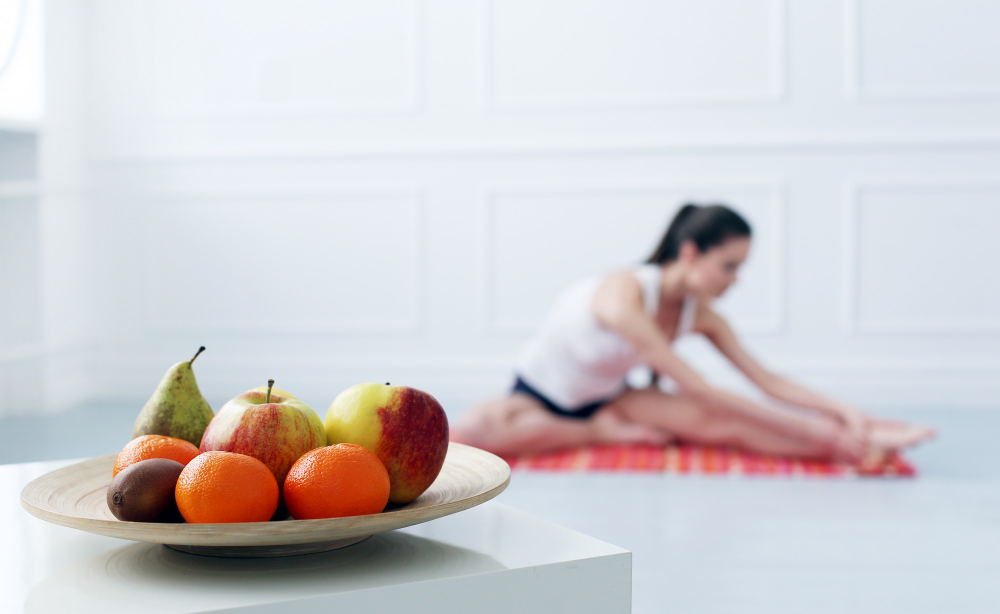Where you live says a lot about you. The psychological underpinnings of why you chose a certain dwelling are as apparent in daily life as they are in film and literature. Where would Gordon’s “Greed is Good” Gekko be without his well-mannered suits and high-rise condos? The same is true on the opposite extreme of New York chic — Bohemian dwellings of Greenwich Village, which once housed the likes of Jane Birkin, Andy Warhol, Edie Sedgwick, and Lou Reed. Their names are as common to the locales as the décor itself — you couldn’t imagine anyone else living there. Many of the buildings remain, and even though the people are gone, their affinity for the Bohemian trend remains to this day, with power often associated with great art, politics, and exquisite literature. Bohemian décor is a hippie ideology articulated in interior design trends; it has been around for well over 200 years.
Style
Bohemian décor is perhaps best described as the opposite of minimalism. Creative types tend to mix and match designs and fabrics. The quality of the material is typically vintage or should have an authentic look. The key is that it shouldn’t look brand new. If you have a plan or strategy for how to design a room, then you’ve already failed. Part of the appeal of Bohemian design is its affordability—you can pick up top-shelf vintage items at a thrift store.
Beginnings
It’s worth noting that this gonzo, happy-go-lucky aesthetic is most often associated with times of great leftist revolt: the 1790s and the 1960s. Bohemian décor is intertwined with the lifestyles of performers dating back to post-revolution France at the end of the nineteenth century. An end to the feudal system in France freed artists, writers, and others who prized creativity over money to explore their passions. Regular French citizens who disapproved of such a lifestyle disparaged them as “Bohemian,” likening their existence to that of ethnic Romani outsiders. The French word, “bohemian” actually translates to “Romani.” Seen as vagrants by the French, they were often blamed for crimes and generally shunned. Nevertheless, the French dug their style.
It would be the French Romantics who first adopted Bohemian culture, approving of their free-flowing clothing trends and embracing the concept of rejecting conventional ideologies. While their lifestyle, often nomadic, was regarded as masculine, their female counterparts were known as “grisettes” and often attended cultural events around Paris. Globally, grisettes became popular literary characters, first appearing in Jonathan Swift’s writings as flirtatious, coquettish, independent women. The most famous grisette stateside was a cigar girl named Mary Rogers, whose murder was featured in the press and later served as the inspiration for what was likely the first detective story of Edgar Allen Poe’s “The Mystery of Mary Roget”.
60s Bohemia
To some, the term “boho” instantly conjures a specific kind of New York apartment in the 60s and 70s. In the modern context, Bohemian décor is associated with the most significant and well-known artists of our time. These were the apartments featured in D.A. Pennebaker’s documentary Don’t Look Back, where Bob Dylan and Donovan jammed on acoustic music in rooms with bountiful plumes of marijuana smoke. Even though values may change, they always evoke a spirit of creativity.
Andy Warhol was a true Bohemian and expressed his philosophy with the simple motto: “So what?” The artist’s laissez-faire attitude to life extended to his art, capriciously breaking conventions of normalcy, as well as his famous Bohemian underbelly. The Factory, as it was known, became connected to the most well-known artists of the era, from Dylan to Basquiat to David Bowie. One of The Factory’s four locations was immortalized as a location for an important party scene in John Schlesinger’s Midnight Cowboy.
With the 70s came the women’s liberation movement. Encouraging women to be strong and true to themselves, while it never actually involved burning bras, IT did involve expressing oneself through clothing and design.
The boho-hippie chic of the latter half of the 1900s is, as journalist Bob Stanley said, “never out of fashion.” The 80s continued to embrace Bohemian culture with its excess, maximalism, and Miami Vice-brightness, but it didn’t speak to Warhol’s ideology so much as Reaganomics. The 90s took a blunt approach to the idea of objects looking worn, with loft apartments featuring exposed brick walls being stylish—most often associated with the TV series Friends.
Bohemian design trends are still fashionable, but they are expected to fall out of style next year. Nevertheless, aspects of the culture, as Stanley presumed, are never going to be tasteless. Vintage clothing and furniture are always in style. Elsewhere, our cultural nostalgia has us longing for the 90s, a time with a unique attachment to Bohemian culture.
For over two centuries, Bohemian décor always managed to thrive with its grand artistic endeavours. If you’re seeking inspiration, stick to bold colours and combine styles, and never be afraid to think creatively outside the box. The rich history of Bohemian style suggests that there’s no such thing as too much, as long as it’s true to who you are.
Kenny Hedges | Contributing Writer










